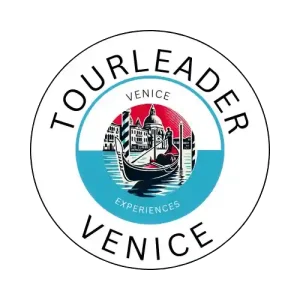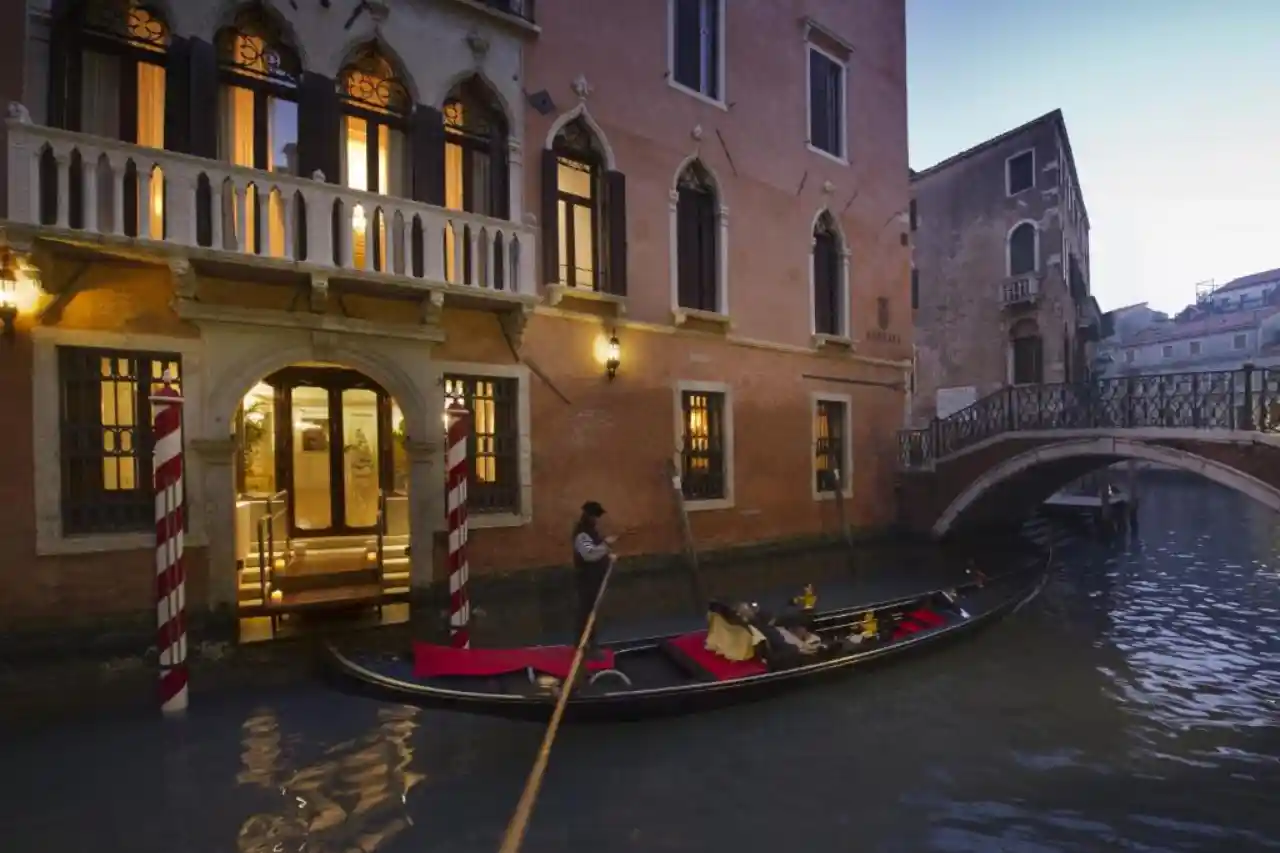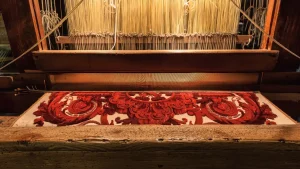Do People Really Still Live in Venice Full-Time? 🇮🇹 Life Beyond the Crowds
Venice often feels like a stage set: gondoliers sing beneath bridges, cameras click in St. Mark’s Square, and waves brush marble steps worn smooth by centuries. But amid the selfie sticks, cruise ships, and souvenir stalls, visitors often ask the same question:
Do people actually live in Venice full-time?
Is there still a real community beneath the beauty—or has the city become a postcard with no address?
The answer is yes… but it’s complicated. While the population has dropped from over 175,000 in the 1950s to under 49,000 today, thousands of Venetians still call the lagoon home. This article explores what it means to live in Venice year-round—from raising children to commuting by boat—and why so many refuse to leave, no matter how hard life gets.
Before you dive in, you might also enjoy: 👉 How Do Locals Live with So Many Tourists? 👉 Vanishing Venetians — How Overtourism Is Changing the Soul of the Floating City 👉 How Venice Was Built on Water
🏠 Yes — People Still Live in Venice (But Fewer Every Year)
Venice remains alive and inhabited. Kids go to school, groceries arrive by boat, laundry flaps above narrow alleys. Yet the population decline is dramatic: from 175 k in the 1950s to < 49 k in 2025. Rising costs, overtourism, and the challenges of living without roads all play a role.
To see how these numbers shape daily life, read Daily Life in Venice: Schools, Markets & Disappearing Crafts.
📊 How Many Full-Time Residents Are Left?
- Historic Center (Centro Storico): ≈ 49 000
- Other islands (Giudecca, Murano, Burano, Lido, Pellestrina, Sant’Erasmo): ≈ 27 000
- Mainland (Mestre + Marghera): ≈ 175 000
Many Venetians now live in Mestre and commute daily by train or bus over the Ponte della Libertà. Learn how these commutes work in How to Get Around Venice.
📍 Where the Real Venetians Live
Visitors crowd San Marco and Rialto, but locals cluster in neighborhoods like:
- Cannaregio — family-oriented, local shops, Jewish Ghetto.
- Castello — quiet, authentic, dotted with small gardens.
- Dorsoduro — artists, students, relaxed canals.
- Giudecca — working-class island with stunning views.
- Murano & Burano — artisans of glass and lace.
Discover what life feels like in these quarters in Sant’Elena & San Pietro di Castello: Where Real Venetians Live.
👩🎨 Who Still Lives in Venice — and Why
Today’s residents include multi-generation families, artisans, teachers, gondoliers, and retirees. They stay not because it’s easy, but because it’s home — an identity bound to water, history, and community. As one glass artist told us during our Murano Glass Workshop Tour: “We were born between tide and sky. Leaving Venice would be like leaving ourselves.”
🚶 What’s Daily Life Like in Venice?
Life moves on foot or by boat. People carry groceries over bridges, time errands around tides, and navigate crowds like seasoned sailors. It’s beautiful — but physical. A simple supermarket run can feel like a mini expedition.
Curious how locals make it work? Read How Deliveries Work in Venice.
💸 The Challenges of Full-Time Life in Venice
- 🏠 Housing shortages due to Airbnb and second-home owners.
- 🚤 Overcrowded vaporetti and high transport costs.
- 🌊 Seasonal flooding (Acqua Alta).
- 💰 Rising prices for everything from bread to rent.
- 📸 Tourist noise and lack of privacy.
Many describe the feeling of being guests in their own city — a theme explored deeply in Vanishing Venetians.
👶 Raising Children in Venice
Surprisingly, many parents love it. No cars mean safety; kids grow up independent and outdoors. They walk to school through alleys that double as playgrounds. Challenges remain — fewer schools, long commutes, small apartments — but the sense of belonging runs deep.
Learn more about the city’s education rhythm in Daily Life in Venice.
🤝 Is There Still a Real Community?
Absolutely. Neighbors greet each other on bridges; shopkeepers know every face. Local life revolves around festivals such as:
- 🛶 Vogalonga — the rowing marathon across the lagoon.
- 🎆 Festa del Redentore — fireworks, food, and faith each July.
- 🎭 Carnevale di Venezia — with local versions in Castello and Cannaregio.
Experience the communal spirit on our Off-the-Beaten-Path Orientation Tour.
💰 Coping with the Cost of Living
Locals adapt through creativity and cooperation:
- Sharing multi-generation homes
- Renting on islands like Giudecca or Pellestrina
- Commuting from Mestre
- Using social-housing schemes (case popolari)
Even basic items cost more due to transport by water — explained in Venice’s Floating Logistics System.
🏨 How Tourism Shapes Residential Life
Tourism is both blessing and burden: it sustains jobs but inflates prices. Local bakeries become souvenir shops; lines at pharmacies mix visitors and residents. Some Venetians plan errands at dawn to dodge crowds.
Explore this tension further in How Locals Live with So Many Tourists.
✊ The Fight Against Depopulation
Movements like #VeneziaNonÈUnaDisneyland protest mass rentals and push for resident rights. Grassroots co-ops restore abandoned homes and lobby for housing incentives. Citizens still believe Venice can remain a city for people, not just visitors.
See how activism intersects with sustainability in Sustainable Venice Travel.
👩🎓 Are Young People Staying or Leaving?
Many leave for cheaper rents and wider job options, yet a creative minority returns—artists, digital workers, environmental scientists—those reinventing Venetian identity. Programs linked to the Biennale and local universities help new generations root again in the lagoon.
⚒️ Work Outside Tourism Still Exists
- 🚤 Public transport and port logistics
- 🎨 Artisans: glass, masks, fabrics (Tessitura Bevilacqua)
- 🏫 Education & culture
- 🩺 Healthcare and city services
Craftsmanship remains one of Venice’s beating hearts — discover it on our Venetian Hands-On Workshops.
🏫 Schools, Hospitals & Public Services
Venice still runs public and private schools, a general hospital near Campo SS. Giovanni e Paolo, and small libraries and community centers. Services strain during high-season influxes, but residents persist — proof that the city still functions beyond the postcard.
🌧️ Living with Water and Weather
Flooding is part of life. Rubber boots by the door, Hi!Tide apps on phones, and elevated doorsteps are the norm. When Acqua Alta arrives, Venetians pause — then carry on. The resilience behind this ritual is explained in What Is Acqua Alta and When Does It Happen?
🏝️ Full-Time Life on the Islands
Outside the main city, life beats to a slower rhythm:
- Giudecca — close-knit and residential.
- Murano — glassmakers’ legacy and family tradition.
- Burano — colorful houses and fishermen’s stories.
- Lido — beaches, cars, and space to breathe (Lido Guide).
- Pellestrina & Sant’Erasmo — rural, self-sufficient, beautifully quiet.
Discover the green side of the lagoon in Sant’Erasmo: The Garden of Venice.
🌍 Can Foreigners or Expats Live in Venice Full-Time?
Yes — artists, professors, retirees, and digital nomads all settle here. The hardest part isn’t paperwork — it’s finding a legal long-term rental and embracing local rhythm: slower, wetter, more human.
For anyone considering the move, start by visiting respectfully through experiences like Explore Venice Off the Beaten Path.
👵 Do People Retire in Venice?
Many lifelong Venetians stay forever; others return in retirement after years away. Advantages include walkable distances, universal healthcare, and beauty at every turn — though flooding and stairs can test even loyal hearts.
Still, as one resident told us during our Lido Island Tour: “If I die in Venice, bury me standing — I’ve been walking all my life.”
🔮 The Future of Residential Venice
Without bold policies, Venice risks hollowing into a luxury museum. But new hope comes from sustainable tourism, local entrepreneurship, and community restoration projects. Venetians are proving that tradition and innovation can coexist — just as water and stone have for a thousand years.
See how environmental engineering supports this balance in How Venice Manages Flooding.
💬 Final Thoughts: A City That Refuses to Sink
Yes, people still live in Venice. They work, study, raise kids, argue about the tides, and hang laundry between palaces.
Venice is not a theme park — it’s a living city of memories, dialects, and resilience. Every echoing footstep across its bridges is proof that life continues — stubborn, poetic, and proud.
So the next time you wander through a silent alley at dusk, remember: behind those shuttered windows, someone’s cooking dinner. A child is finishing homework. A grandmother is watching the tide rise from her balcony. Venice lives — not just in history books, but in the heartbeat of its people.
🌊 Want to Experience the Real Venice?
If you’d like to see how locals truly live — not just where tourists go — join one of our private experiences designed to reveal the living city behind the postcard:
- Explore Venice Off the Beaten Path — A Captivating Orientation Tour
- Venice Cicchetti & Wine Tour — A Taste of Authentic Venice
- Private 1-Hour Boat Tour — Explore the Grand Canal & Hidden Canals
- Lido Island Bike Tour — Discover Venice’s Green Escape
- Murano Workshop — Discover the Art of Glassblowing
Or if you’d rather explore from your couch, keep reading our most-loved stories:
- 📖 What Is Acqua Alta and When Does It Happen?
- 🏠 How Do Locals Live with So Many Tourists?
- 🚤 How Do Deliveries Work in Venice?
- 🌅 Venice on a Budget — 15 Free (or Cheap) Things Locals Love
- 🍷 From Bellini to Spritz — The Venice Cocktail Trail
💌 Stay Connected to Venice
Want to keep Venice’s true stories alive? Subscribe to the Tour Leader Venice Newsletter for monthly insights, travel tips, and local stories straight from the lagoon. Each edition brings you behind the scenes — from artisan workshops to festivals only Venetians know about.
Venice doesn’t need more tourists. It needs curious guests — people who want to understand, respect, and fall in love with its real rhythm.
We can’t wait to show it to you.
✨ Book your private tour today → Venice Tours
FAQs
How many people still live in Venice’s historic center?
As of 2025, around 49,000 residents live full-time in the historic center — down from over 175,000 in the 1950s. Another 27,000 live on islands like Murano, Burano, Giudecca, and the Lido. The rest of the metropolitan population commutes daily from Mestre across the Ponte della Libertà. Learn how they move around in How to Get Around Venice.
Why are so many Venetians leaving the city?
Rising housing costs, overtourism, and limited job options outside hospitality push many locals to the mainland. Airbnb rentals reduce long-term housing, and basic goods cost more due to delivery by water. Yet, many Venetians stay — proud of their heritage, traditions, and lagoon lifestyle. Dive deeper into this reality in How Do Locals Live with So Many Tourists.
Where can you still find authentic Venetian life?
You’ll find real neighborhoods and communities in Castello, Cannaregio, and Dorsoduro, as well as on Giudecca and Sant’Erasmo. These areas are filled with artisan workshops, family-run shops, and quiet canals — a world apart from the tourist crowds. To explore them with locals, try our Explore Venice Off the Beaten Path Tour or the Lido Island Bike Tour.






